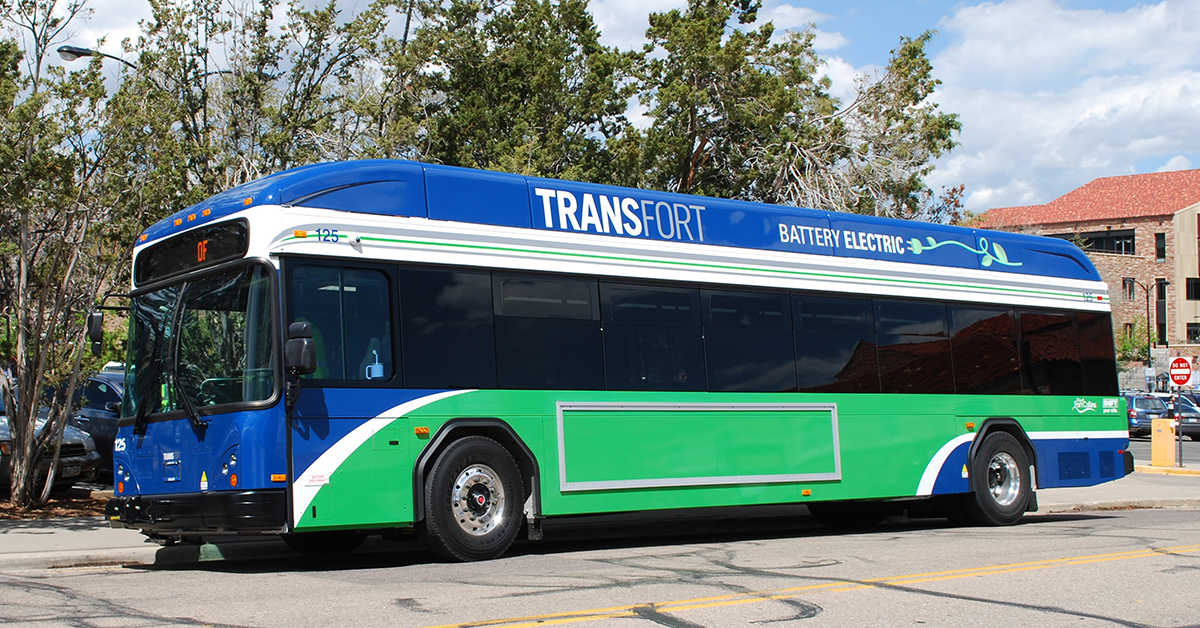Fuel Cell Electric Top Loader Demonstration Proves Breakthrough Zero-Emission Solution for Port Operations

A grant awarded to the Center for Transportation and the Environment (CTE) by the California Air Resources Board (CARB) in 2018 has supported the development of a first-of-its kind fuel cell electric top loader - a breakthrough zero-emission solution for port operations. This technology provides the high lifting and fast refueling capacity required by port operators alongside the zero-emission benefits of a battery-electric option. Refueling with hydrogen is expected to take approximately 15 minutes and provide eight to 10 hours of continuous run time, while producing zero harmful emissions.
The Hyster® top-pick container handler runs on two Nuvera E-45 fuel cell engines and is being demonstrated by Fenix Marine Services at the Port of Los Angeles (POLA) in Long Beach, California. Wireless charging for the top loader is provided by WAVE, and mobile hydrogen fueling provided by Bayotech.
With the assembled team, and CTE serving as the project lead, this technology has the potential for widespread commercialization and significant industry transformation. The vertical integration of zero-emission equipment production by a large and well-regarded OEM provides a clear path towards commercialization. As part of the statewide California Climate Investments initiative, this project represents the commitment to develop advanced technologies that are necessary to meet California's air quality and climate goals and achieving significant greenhouse gas, criteria pollutant, and toxic emission reductions.
The societal and environment benefits go beyond the emission savings for this single vehicle, which are estimated to be 127 tones of CO2 and 0.357 tones of Criteria Pollution over the course of a year. Through the experience and lessons learned, we expect this project to lead to a full fleet of zero-emission Hyster machines operating in and around ports, warehouses, and freight corridors that are disproportionately surrounded by disadvantaged communities.
The Importance of Demonstration Projects and Continued Need for Public Support
We firmly believe demonstration projects like this one serve to bridge what's commonly referred to as "the valley of death" for new technologies. Demonstration projects, and funding for them, takes emerging technology from labs, universities, inventors, component developers, and other applications to commercialization of useful products and services. This is the area within the product development cycle that is difficult to fund out of pocket, can't yet be funded by the market, and is too early for investors, but that we know has true societal benefit.
We learn from every new demonstration. These learnings are born out of discovery, responding to challenges, and finding solutions. Demonstration and analysis of controls and software, fueling and charging, and system efficiency lead to improved reliability and reduction of costs for the technology. For this project specifically, we will learn about the need for and the trade-offs associated with the two forms of range extension so that Hyster and the industry can bring the best configuration to market.
We also learn and work through the soft side of bringing technology to market including coordination activities, education, awareness, safety, and training - especially those associated with construction for new technologies at the Port or facility. Given all of this, we ultimately learn where we still need focused investment and how to make the most of our limited resources.
CTE thanks the California Air Resources Board for providing the funding and support necessary to make this project a reality; Fenix Marine Services for having the vision and for being a willing testbed to prove out this technology; Hyster Yale for having the initiative and investment to add clean, zero-emission machines to its product portfolio; and the Port of LA for allowing us to demonstrate the technology on site.





